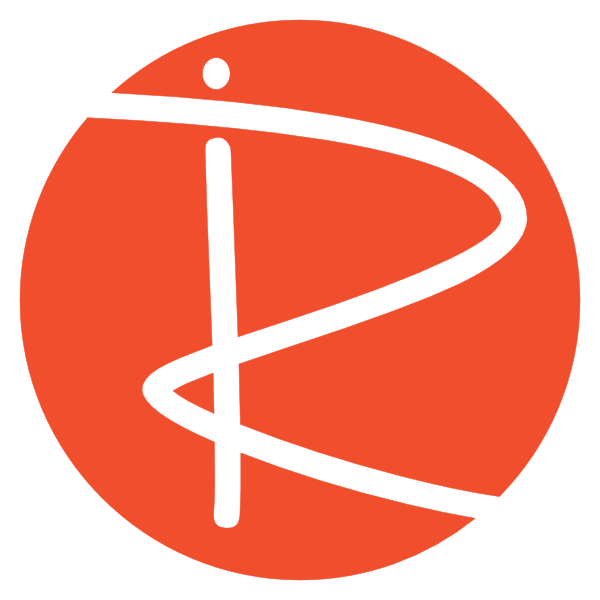Why Adding a Glossary to Your Course Can Enhance the Learning Experience
One of the simplest yet most powerful tools you can integrate into your course is a glossary. This seemingly basic feature can significantly boost both the usability and learning experience for your students. In this blog post, we’ll walk you through the benefits of adding a glossary, how to set it up, and how to link glossary terms automatically to your course content.
Why Add a Glossary?
A glossary in an online course offers two major advantages for students:
- Easy Access to Definitions
A glossary provides a centralized place where students can find definitions for key terms related to the course. This is especially useful in courses with specialized language, complex concepts, or jargon that students may not be familiar with. - Auto-Linking Terms to Content
When you link glossary terms to course content, students can simply click on a term within the course material to view its definition. This reduces confusion and allows students to learn on the go without having to leave the page or search for external resources.
Let’s dive into the process of creating a glossary and adding terms to it.
Creating a Glossary in Moodle
To get started, ensure your course is in edit mode. Then, follow these steps:
- Add a Glossary Resource
Navigate to your course page, click “Add an activity or resource,” and choose the “Glossary” option. - Set Up the Glossary Settings
Here, you’ll be asked to name your glossary (e.g., “Course Glossary”) and, optionally, provide a description. In most cases, a description isn’t necessary if the glossary is simple and self-explanatory. Some key settings to consider:- Global vs. Course-specific Glossary: You can choose whether the glossary will apply just to this course or across the entire site. For simplicity, leave it set to course-specific.
- Main vs. Secondary Glossary: If your course is large and needs more complex organization, you can create a main glossary to which secondary glossaries are linked. For most courses, a secondary glossary will suffice.
- Entry Approval: Decide whether students can add their own glossary entries and whether these need to be approved by a teacher before they’re visible to others.
- Auto-linking Terms: Turn this feature on so that whenever a glossary term appears in your course content, it’s automatically linked to the glossary definition. This is a crucial step for enabling the seamless learning experience we discussed earlier.
- Display Settings
Choose how you want the glossary to appear. For simplicity, the “Dictionary Style” format works well, but feel free to explore other options based on your preference. - Activity Completion
This setting is optional, but you can disable it if you don’t require students to complete or interact with the glossary as part of their graded tasks.
Adding Terms to Your Glossary
Once your glossary is created, you can begin adding entries. To do so, simply click “Add an Entry,” then:
- Concept: This is the glossary term itself (e.g., “Artboard”).
- Definition: Here, you’ll provide a brief explanation or definition of the term.
- Auto-link: Ensure the “Auto-link” option is enabled for the term, allowing it to automatically link to other instances of the term throughout the course.
While you can add terms one by one, you can also import glossary terms in bulk if you have many terms to add at once. This can save you time if you’ve already compiled a list of terms and definitions.
Turning on Glossary Auto-Linking
At this point, your glossary is set up, but to make the most of it, you’ll need to enable auto-linking for glossary terms. Here’s how:
- Go to the course page, then navigate to “Filters” in the settings menu.
- Turn on Glossary Auto-Linking, ensuring it’s set to “Default On.”
Now, whenever a glossary term appears anywhere in the course content, it will be linked to the relevant definition. For example, if the word “Artboard” appears in a lesson, students can hover over the term, and a pop-up with the definition will appear. This feature enhances the learning experience by making definitions easily accessible without interrupting the flow of the course.
Customizing Glossary Auto-Linking
You may want to turn off glossary auto-linking for specific sections, such as quizzes, where you don’t want students to be able to click on terms for definitions. Fortunately, Moodle allows you to adjust this setting per activity type, ensuring a more controlled learning environment.
Conclusion
Integrating a glossary into your course is a simple yet effective way to support student learning. It allows students to quickly reference definitions, promotes engagement with course content, and makes complex terminology easier to understand. By enabling automatic linking and customizing the glossary to suit your course’s needs, you provide a seamless learning experience that helps students succeed.
So, why not give it a try? Add a glossary to your course today, and watch your students benefit from clearer, more accessible course materials.
